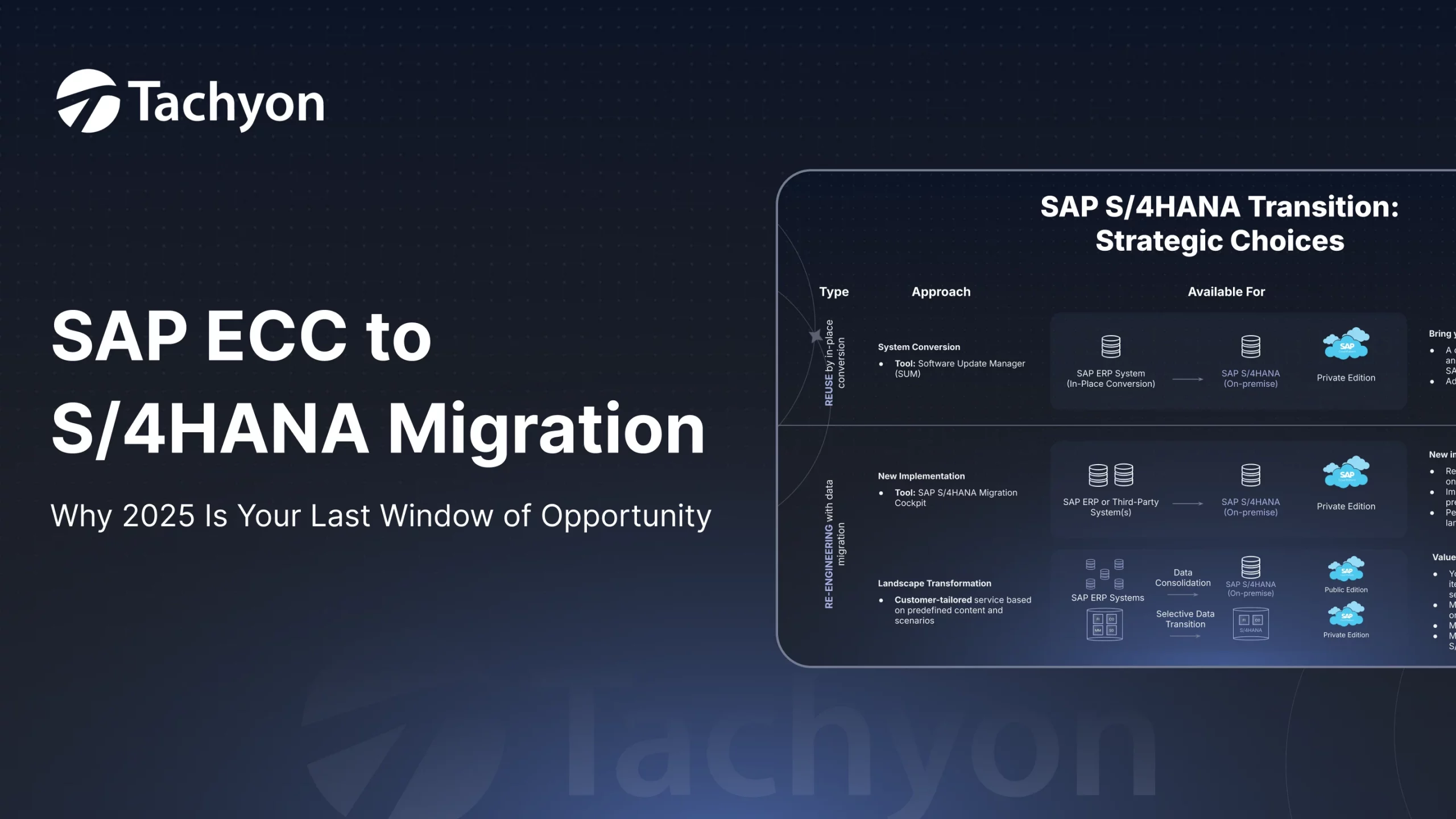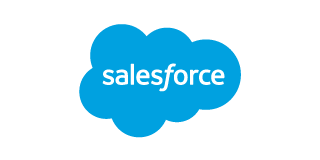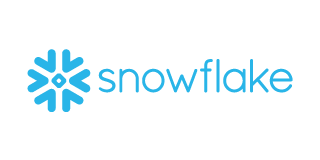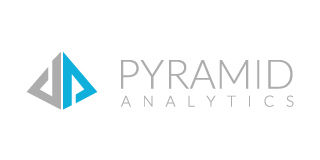AI agents are reshaping how companies operate. The global market will grow from $5.1 billion in 2024 to $47.1 billion by 2030. Though companies invest in AI technologies, only 1% have achieved maturity in their implementation.
AI agents differ from simple automation tools. These sophisticated systems work on their own to complete complex tasks for businesses of all types. Enterprise deployments of AI automation have improved efficiency by up to 50% in customer service, sales, and HR operations. The digital world changes faster as we approach 2025. Investors have already poured more than $2 billion into AI agent startups. By year’s end, one in four companies will run AI agent pilot programs. Gartner reports that AI-powered automation tools now handle 70% of customer interactions.
This piece examines why companies embrace AI agents and their ground results. You’ll learn how to prepare your organization for this transformative technology.
Why AI Agents Are Different from Traditional AI Tools
The move from basic AI tools to today’s smart AI agents shows how machines now interact with our world differently. This progress opens a new chapter where AI doesn’t just follow commands but solves complex problems in businesses of all types.
From chatbots to autonomous agents
Traditional chatbots work like digital vending machines—they give preset responses based on specific inputs. These simple rule-based systems use scripted conversation flows that need manual training to process what users ask. They have conversation interfaces but don’t know how to understand context like large language models.
AI agents are more like personal chefs—they know a lot, understand complex requests, and adapt to your priorities over time. These smart systems work on their own to notice their environment, make decisions, and act to reach specific goals. They can reason and plan instead of just repeating preset information.
DigitalOcean’s 2023 Currents research shows 73% of people use AI in their personal life, work, or both. The difference between chatbots and agents often gets fuzzy, which leads people to use these terms the same way despite their very different capabilities.
What is an AI agent and how it works
An AI agent is software built to complete tasks independently in domains of all types. Unlike basic AI tools, agents break down complex tasks into smaller steps and create responses through advanced planning and reasoning.
AI agents work through a structured process:
- Perception – Getting information through sensors, APIs, or other data sources
- Processing – Looking at data using preset rules or machine learning algorithms
- Decision-making – Finding the best action to take
- Execution – Doing the needed task or series of tasks
- Learning – Getting better based on feedback and experience
The design has profiling modules (to understand purpose), memory modules (to store experiences), planning modules (to make decisions), and action modules (to carry out decisions). These parts help agents keep context, learn from interactions, and adapt when things change.
Why 2025 marks a turning point
Experts in the industry say 2025 will be “the year of the AI agent.” IBM and Morning Consult found that 99% of developers who build AI applications for companies are learning about or building AI agents. Microsoft says we’ve entered “the era of AI agents” because of breakthroughs in reasoning and memory capabilities.
The technology behind autonomous agents has reached a crucial point. Recent advances in four key areas have made today’s models better by a lot compared to those from 12-18 months ago: improved and faster models, chain-of-thought training, bigger context windows, and function calling.
The year 2025 stands out because companies are moving from testing to real implementation. They’re going beyond simple AI exploration to deploy purpose-built agents that fix specific business problems. We have a long way to go, but we can build on this progress regarding governance frameworks, ethical guidelines, and human oversight to ensure these powerful systems work responsibly.
As 2025 unfolds, AI agents will keep growing from simple chatbots to sophisticated systems that can reason and act on their own—changing how businesses work and how we use technology.
The Real Drivers Behind the Shift to AI Agents
A human story lies at the heart of every tech revolution. The most surprising thing about AI agent adoption isn’t about tech hurdles but human ones—the gap between how ready workers are and how hesitant their leaders remain.
Employee readiness vs. leadership hesitation
The gap between eager employees and cautious leaders creates an interesting puzzle in AI adoption. McKinsey’s research shows that scaling AI faces its biggest roadblock not from employees—who stand ready—but from leaders who aren’t moving fast enough. So, while almost every company puts money into AI, only 1% call themselves “mature” in deployment.
Leaders’ cautious approach has created a major disconnect. C-suite executives think only 4% of employees spend 30% of their day using AI. The real number stands three times higher at 13%. The numbers tell an even more striking story: just 20% of leaders think their teams will use gen AI for more than 30% of daily work within a year. Their employees feel twice as confident about this at 47%.
Of course, this slow approach comes with a price—47% of C-suite leaders admit their companies roll out gen AI tools too slowly because their teams lack the right skills.
Millennials as AI champions
One generation shines as the natural flag-bearers of AI agent adoption. Workers aged 35-44 have become the most skilled AI users across companies:
- 62% of employees aged 35-44 know their way around AI well, while 50% of Gen Z (18-24) and only 22% of baby boomers over 65 do
- 90% of millennials feel at ease using AI at work
- Two-thirds of managers get questions about AI tools from their teams every week
Different studies paint the same picture. Salesforce research shows Gen X (58%) and millennials (57%) want to use AI agents more than Gen Z (51%) and Baby Boomers (42%) to make customer experiences better.
Millennials hold a key spot in organizations today. Many lead teams and help others become better AI users. Their natural bond with technology makes them perfect champions to push AI agent adoption throughout their companies.
The role of enterprise data in agent success
Raw enthusiasm can’t guarantee AI agent success alone. AI agents need quality, relevant, and reliable enterprise data to perform well and take the right actions.
Good data helps AI agents work with complete, consistent, and accurate information. Poor data leads to unreliable AI output and wrong decisions. Companies face several hurdles here: keeping data safe, bringing together information from different places, and following ethical guidelines.
AI agents’ success depends on building resilient data foundations. Companies need data pipelines, catalog solutions, and governance frameworks. Organizations that focus on trustworthy data can utilize AI agents’ full potential while staying ethical and responsible.
The workforce stands more ready than leaders think to embrace AI agents. Millennials lead this change as AI champions, while reliable enterprise data remains crucial to help these autonomous systems create real business value.
Where AI Agents Are Delivering Real Results
AI agents deliver impressive results in ground applications today. Companies that adopt these autonomous systems see better efficiency, lower costs, and happier customers.
Customer service and support automation
AI agents have reshaped customer service operations by offering round-the-clock support and reliable service. OpenTable uses Agentforce to handle basic questions. This lets human agents tackle more complex customer issues. Camping World’s customer participation grew by 40%. Their wait times dropped from hours to just 33 seconds after they started using AI agent technology. Wiley handled 40% more cases with their improved AI chatbot, which worked much better than their old system. These results come from AI agents that can manage multiple conversations at once, quickly access information, and learn as they work.
Sales and marketing optimization
AI agents are reshaping how companies generate and qualify leads. A consumer goods company now needs just one employee with an AI agent to optimize global marketing campaigns in under an hour – work that used to need six analysts per week. These AI sales agents can talk to leads on their own. They analyze CRM data to spot promising prospects and create custom outreach messages at scale. They excel at following up with incoming leads and reach every potential customer – even those human teams can’t get to. Well-implemented agents build better customer profiles. This enables tailored experiences that build stronger relationships and boost conversion rates.
Finance and operations efficiency
Finance teams have seen remarkable gains with AI agents. Lenders now use AI agents for loan underwriting. This helps them assess more borrowers with smaller teams while making better profits. SS&C Technologies uses digital workers connected to their language models. These process loan agreements in six minutes – 95% faster than manual work. PWC notes that AI agents reshape how teams gather and analyze financial data. They help with complex accounting estimates and automate disclosures.
AI in the workplace: measurable ROI
Companies can now measure AI agents’ business effects clearly. Studies show AI tools boost productivity by 66% on average. Programming tasks show the biggest jump – 126% more projects finished per week. About two-thirds of executives say AI agents have improved productivity, while 59% spend less money. Organizations using SS&C Blue Prism’s intelligent automation saw a 330% return on investment in less than six months. AI agents prove their worth by streamlining operations. They reduce manual work and create measurable business results in every department.
Challenges Smart Companies Are Solving
AI agents are advancing quickly, and this creates unique challenges that smart companies actively tackle. Organizations need well-planned strategies to get the most benefit from autonomous systems while keeping risks low.
Balancing speed with safety
Smart companies know that state-of-the-art solutions and safety can work together. Erica Greene, Engineering Director at Yahoo, points out that companies can “get a demo going really fast, get as many eyes on it as possible, and start to define a rubric for evaluating whether it’s working or not”. Success comes from setting clear evaluation standards early based on analytical insights. Shreya Rajpal of Guardrails AI stresses the need to define success metrics before deployment. This careful approach helps teams stay objective about new technology’s readiness.
Building trust through transparency
The “black box” nature of AI systems has become a critical concern as these technologies make more important decisions. AI transparency builds trust by showing stakeholders how AI agents work and make choices. The process works on three levels: algorithmic transparency explains internal processes, interaction transparency ensures clear communication between users and AI, and social transparency addresses broader effects on society.
Many organizations now use frameworks like CLeAR to achieve this goal. This framework makes AI systems Comparable, Legible, Actionable, and Robust through standard documentation and testing. Stakeholders can verify AI agents’ proper function while users better understand and trust automated decisions.
Governance and compliance frameworks
The EU guides the way with its complete governance structure through the EU AI Act. This applies to AI agents through rules for both general-purpose AI models and high-risk systems. The regulatory framework rests on four main pillars: risk assessment, transparency tools, technical deployment controls, and human oversight.
Companies go beyond just following rules with proactive governance plans. Some create “governance agents” that watch other AI agents like digital hall monitors to spot problems early. AI agents will make 15% of daily work decisions by 2028, while 25% of enterprise breaches will link to AI agent abuse. Building resilient governance systems now paves the way for future success.
How Leading Companies Are Scaling AI Agent Adoption
Companies leading AI adoption take a well-laid-out approach to implementation. They move beyond theoretical discussions and focus on ground deployment. The most successful companies integrate AI agents into their operations through clear pathways and measure results carefully.
Pilot programs and phased rollouts
Smart organizations begin their AI experience with controlled pilot programs. Experts suggest starting with the “boring, most repeatable, and most low-hanging fruit” to build ideal foundations. Big Brothers Big Sisters of America shows this approach perfectly. They tested their matching AI agent with just 15 agencies before they planned a systematic six-month rollout. Business travel platform Engine also chose a phased strategy. They first created an AI agent to handle reservation cancelations and later expanded it to FAQs and more capabilities.
Training employees to work with agents
Leading organizations invest in detailed training programs to achieve successful adoption. More than 86% of enterprises need upgrades to their existing tech stack to properly deploy AI agents. Companies that think ahead put these key strategies in place:
- Training sessions that help employees work effectively with AI agents
- Resources and support channels for team members who feel uncertain
- A culture that encourages continuous learning and adaptability
Research proves peer mentoring and hands-on learning work best, especially when you have gamification to make training more engaging for employees. It also helps to create AI “champions” within teams who spread knowledge naturally throughout organizations.
Choosing between frameworks and providers
Successful companies review several significant factors while selecting AI technologies:
- Scalability: The framework should handle growing numbers of agents and increasing task complexity
- Flexibility: Support different AI algorithms and models as needs change
- Interoperability: Enable continuous connection between agents, systems, and external services
- Security: Build reliable measures to protect sensitive data
Organizations also consider the balance between open-source frameworks that offer more customization and proprietary solutions with better built-in security and support.
Tracking ROI and performance metrics
ROI calculation is a vital part of sustaining AI initiatives. Studies show companies investing in AI see an average ROI of $3.70 for every $1.00 invested. Top performers achieve $10.00 for each dollar spent. The core team tracks multiple dimensions:
- Effectiveness: Task success rate and quality
- Efficiency: Average task duration compared to manual processes
- Autonomy: Actions taken without human intervention
- Accuracy: Correctness of tool selection and decision-making
Organizations using intelligent automation have seen 330% ROI with less than six months to payback.
Conclusion: The Future Belongs to AI Agent Adopters
AI agents are at the vanguard of business transformation as we move through 2025. Companies that embrace these autonomous systems now gain major competitive advantages through improved efficiency, lower costs, and better customer experiences. The numbers tell the story – organizations using AI agents see productivity jump by 66% on average, and some achieve ROI as high as 330%.
In spite of that, companies need a well-planned strategy to succeed. Leadership’s reluctance remains the biggest hurdle, even though employees are surprisingly ready to adopt AI. Millennials show the highest AI proficiency among all age groups. Smart companies tackle this gap with careful change management and detailed training programs.
The difference between traditional AI tools and true AI agents is fundamental. AI agents don’t just work like simple chatbots – they operate independently. They make decisions, take actions, and learn from experiences. This lets them handle complex tasks in customer service, sales, finance, and operations with minimal human oversight.
Smart organizations know they must balance breakthroughs with safety through clear frameworks and strong governance structures. They set up evaluation criteria before deployment and create systems that show how AI makes decisions. This builds trust and ensures compliance with new regulations like the EU AI Act.
Without doubt, tomorrow’s successful companies will be the ones that strategically deploy AI agents today. They begin with controlled pilot programs that focus on repeatable tasks. They train their employees well, pick suitable frameworks based on their needs, and carefully track performance metrics. While challenges exist, early adopters’ results show that AI agents create real business value when implemented properly.
The AI agent revolution is here. Companies must choose to lead or fall behind. Those who embrace this game-changing technology now set themselves up for lasting success in an increasingly autonomous future.
Transform Your Business with AI Agents That Deliver Real Results
Discover how autonomous AI agents boost productivity, reduce costs, and drive measurable ROI. Talk to our experts to design and deploy intelligent systems that accelerate your organization’s growth in 2025 and beyond.











